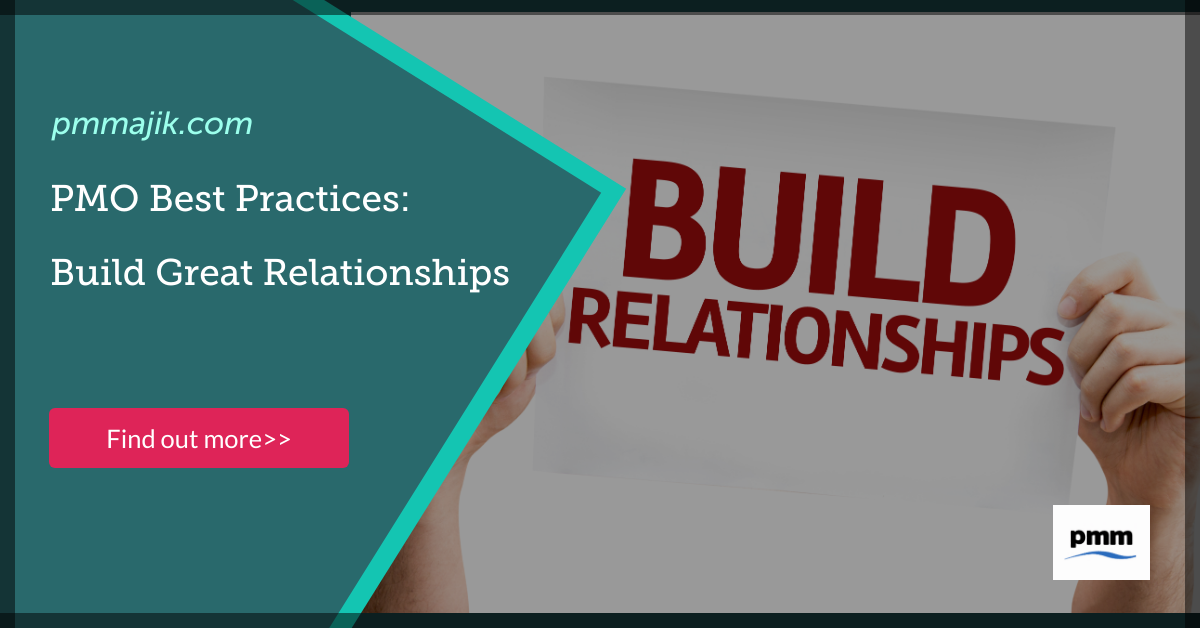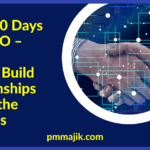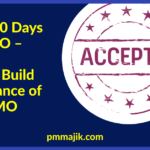Your project management office (PMO) will collaborate with many people and businesses. Building great relationships is a vital PMO best practice and the bedrock of successfully delivering projects.
Your office cannot operate in a silo. A PMO needs to work across the business and outside of it to make sure everyone who should be involved is.
It may be that your office nurtures relationships directly or that you provide the framework for project managers to do it. There are also PMO relationships that exist outside of specific projects that need to be looked after.
With this in mind, we’re going to look at:
- What great PMO and project relationships look like
- How to build great relationships for your projects and office
- The benefits of great PMO relationships
What makes a good PMO or project relationship?
There are many moving parts in a project with potentially hundreds of people – sometimes even more – involved in execution and delivery. You need to make sure your office looks after those relationships, and that project managers know how to use them effectively.
Within a project, a relationship needs to be codified. It needs to be clear who the project team needs to be working with and how so that everyone knows what to do at each stage.
A strong relationship also has boundaries and deadlines. Those involved in a project need to know what is and isn’t within the project scope and also need to know what is expected in terms of providing feedback and approval.
When considering a general PMO relationship, like those with a contractor or supplier, you need to ensure there is regular contact and good notice given when goods or services are needed.
How do I build great relationships for my PMO?
The first step to great project relationships is identifying which relationships need to be forged. There are a range of people outside of the immediate project team who need to be worked with, such as:
- The project sponsor within the business
- The client who is paying for the project
- The end-user/s of the project deliverables
- Regulators who will oversee the project
- Suppliers for the project
- Contractors who will work on the project
- Line managers of seconded project workers
Every project is different, but there should always be a list of people who need to be involved with it.
Next, each stakeholder needs to have their role in the project plan assigned. Different roles may apply for different activities, like:
- Reviewing
- Giving feedback
- Signing off
This should be agreed upon ahead of time to ensure that everyone knows when they need to be involved and what will be expected of them.
Finally, there needs to be deadlines and expectations set. When giving feedback, you should have a standard form or framework to ensure the right questions are being asked, and when asking for sign-off, there needs to be a hard deadline so as not to delay moving to the next stage.
When talking about separate PMO relationships, you need to work a little differently. For example, you want to have strong relationships across the business so that it is easier to second people to projects. You also want to keep communication with suppliers open and friendly, even when not using them at the time.
Why are relationships important to a PMO and projects?
A project will always have tight deadlines and budgets. A major factor in hitting both is having all the people involved in a project pulling in the same direction.
When projects bring everyone in at the beginning and the controls what they need to do and when, this is made much simpler. You can be sure a project can move forward when the right people are on hand to approve the work so far, for example.
By asking for timely feedback and sign-off, you can also make sure the project deliverables are fit for purpose at the end.
For your office in general, building great PMO relationships will make lots of your work smoother. You will find it easier to operate within the business and get your work done when you have a strong internal and external network.






